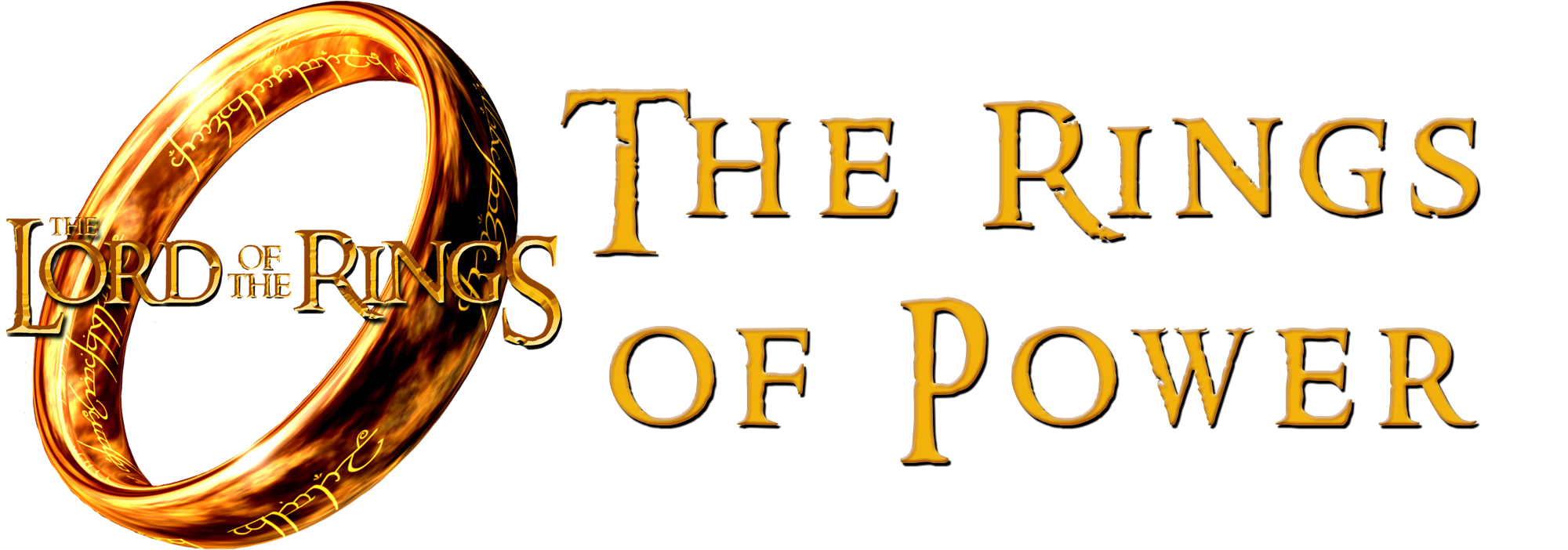The history of Middle-earth stretches long before two tiny hobbits made the trek into Mordor.
Between The Lord of the Rings, The Hobbit, and The Silmarillion, J.R.R. Tolkien’s writing spanned thousands of years, and the detail-oriented professor turned world-building into an art. Tolkien approached his storytelling like a particularly meticulous historian, constructing detailed timelines and origins for even the most inconsequential of characters. The result is one of the richest and most elaborate fantasy worlds ever created, chronicling everything from the birth of the sun and the moon to the destruction of that familiar gold ring.
Tolkien split his stories into three main eras: The Hobbit and LOTR take place in the Third Age, the period most fans know best. Meanwhile, The Silmarillion chronicles the epic First Age, stretching from the very beginning of time to the downfall of the evil Morgoth.
Tolkien never specifically set any of his books in the Second Age, but he wrote frequently about the era. Many of those events led directly to the plot of The Lord of the Rings, from the fall of the great island kingdom Númenor to the forging of the rings of power. (Which, appropriately, happens to be the name of the show.) If you’ve seen the Peter Jackson film trilogy, his version of The Fellowship of the Ring begins with a Cate Blanchett-narrated prologue, recounting how elves and men joined forces to help defeat Sauron, with Aragorn’s ancestor Isildur cutting the ring from Sauron’s hand. That hard-earned triumph marked the official end of the Second Age and the beginning of the Third.
Much of Tolkien’s writing on the Second Age comes from the LOTR appendices at the end of the books, and he shared his notes on everything from the history of Gondor to various family trees and pronunciation guides. It’s a lot to go through, which is why EW has put together this comprehensive guide to all things Second Age. Our goal is to assemble everything you need to know before The Rings of Power premieres — whether you’re an expert nerd who can name all the kings of Númenor, or you’re a newbie who doesn’t yet know your Elendil from your Elrond.
One important note: Showrunners J.D. Payne and Patrick McKay have confirmed that although Tolkien’s Second Age spans thousands of years, the events of the show will be somewhat condensed, allowing characters like Celebrimbor and Isildur to exist at the same time. (In Tolkien’s timeline, they live thousands of years apart.)
The glory of the elves
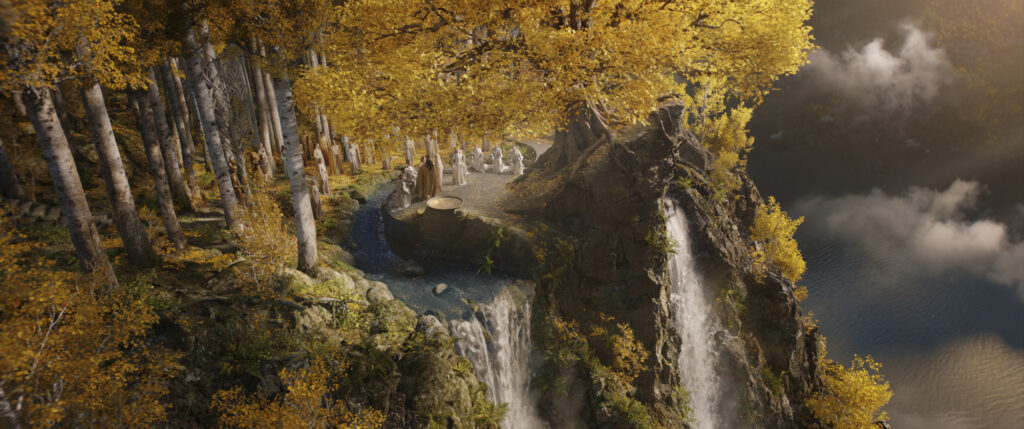
Like the Third Age, the Second Age begins with a triumph over evil. As chronicled in The Silmarillion, the elves spent much of the First Age locked in an endless war against Morgoth, the ancient and godlike being responsible for all evil in Middle-earth. If Sauron is Beelzebub, then Morgoth is the far more powerful Satan, sowing hate and discord throughout the land. He also stole the elves’ most beloved jewels, the three precious Silmarils. Ultimately, the elves overthrow Morgoth, banishing him to a void beyond space and time, but the battle is so fierce that it reshapes the terrain of Middle-earth, with mountains and kingdoms disappearing beneath the raging seas.
The Second Age begins with many of the elves attempting to rebuild after the destruction. Some leave Middle-earth and journey west to Valinor, the holy land of the angelic Valar. Others — like Galadriel and Elrond — remain behind. Early in the Second Age, the High King Gil-galad (played in The Rings of Power by Benjamin Walker) founds the great elven kingdom of Lindon, nestled on the western shores of Middle-earth. Some elves, like the powerful Noldor, become extraordinary craftsmen and leaders, ushering in a new age of peace. Others, like the Silvan elves, retreat into the forests and build kingdoms of their own. (In the show, Ismael Cruz Córdova is playing a Silvan elf named Arondir, who strikes up a forbidden love affair with a human woman.)
One of the most celebrated elves of the Second Age is Celebrimbor, played in the show by Charles Edwards. He’s a direct descendant of Fëanor, the famed craftsman who forged the three Silmarils in the First Age. (If you’ve played the video games Middle-earth: Shadow of Mordor or Shadow of War, you may be familiar with Celebrimbor — although that version deviates significantly from Tolkien’s text.) Like his grandfather, Celebrimbor is an extraordinarily talented jewelsmith, and he establishes a great workshop in Eregion, near the dwarven kingdom of Khazad-dûm. While many elves and dwarves distrust each other, the smiths of Eregion and Khazad-dûm (a.k.a. Moria) strike up a friendly alliance, swapping secrets and trading techniques.
Eventually, however, Celebrimbor crosses paths with a suave stranger named Annatar, who manipulates him into crafting several powerful rings. (You can probably guess where this is going.) The seemingly benevolent Annatar turns out to be Sauron in disguise, and his manipulation of Celebrimbor kickstarts a violent power struggle that lasts for thousands of years.
Galadriel is one of the oldest main characters in Tolkien’s legendarium, and in the Second Age, she’s already been in Middle-earth for thousands of years. Still, she’s not yet the powerful ruler of Lothlórien that Frodo meets in The Lord of the Rings. At this point, she’s still an adventurous young warrior, and in The Silmarillion, Tolkien describes her as a kind but ambitious leader, who “yearned to see the wide unguarded lands and to rule there a realm of her own will.”
Like his future mother-in-law Galadriel, the young Elrond is not yet the wise leader he will become, but a young elf of great potential. Because he is of half-elven descent, he’s allowed to choose whether to remain with the immortal elves or pursue a mortal life as a human. He ultimately opts for immortality, while his brother Elros chooses mortality, going on to found the storied human kingdom of Númenor.
The mighty rulers of Númenor
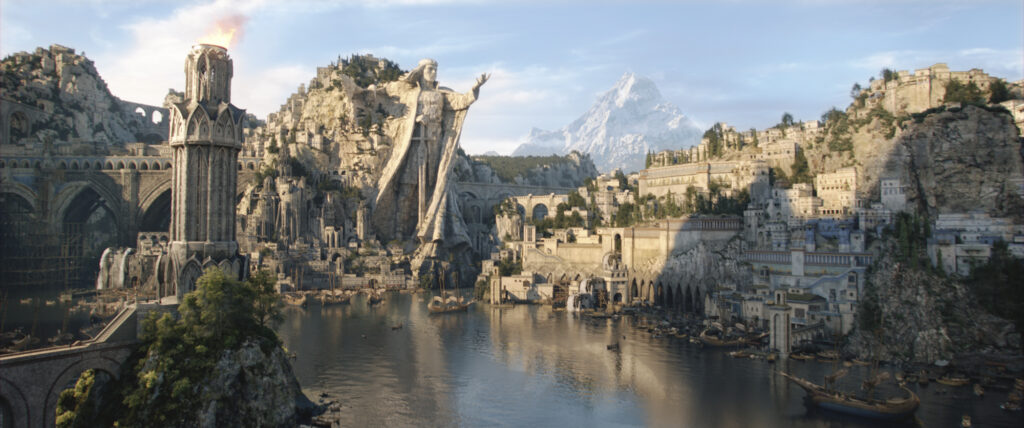
You may remember how much time Weaving’s Elrond spent in Jackson’s LOTR films warning his daughter Arwen about the dangers of choosing human mortality over elven immortality. That’s because he has lived the consequences of that choice firsthand. When Rings of Power begins, Elrond is about 1,000 years old — but his twin brother Elros is long dead. Having chosen to live as a human, Elros’ legacy survives through his descendants, the kings of Númenor.
Númenor sits on an island to the west of Middle-earth. Called the Land of Gift, it was formed out of the sea by the angelic Valar, as a reward to the Númenoreans’ ancestors for being the only humans to side with them in their war against Morgoth. As a result, Númenor has blossomed into a haven of culture and knowledge, even as the inhabitants of Middle-earth took years to recover from Morgoth’s rule. The Númenoreans were friends with the elves and regarded the Valar fondly; their most sacred place was a tall mountain called Meneltarma, where they would pay homage to the creator god Eru Ilúvatar. As skilled seafarers, they often traveled to the coasts of Middle-earth, bringing goods and lessons from their bustling port kingdom like a benevolent Columbian Exchange.
Thanks to Elros’ blood in their veins, the kings of Númenor lived much longer than ordinary humans. But they still died in time, and as the royal line got farther and farther from its founder, its leaders became more and more afraid of their mortality. Their spirituality decayed as their material greed increased, and they started coming to Middle-earth demanding tribute rather than giving gifts. Instead of taking names in the elven tongue, they started blasphemously calling themselves the Lords of the West — a title that rightfully belongs to the Valar.
Rings of Power picks up in the twilight of Númenor, as competing factions vie for control of the throne. The late King Tar-Palantir sought to repent for his predecessors’ sins against the Valar, but it may be too little too late. Having died without a son, his only heir is his daughter Tar-Míriel, who shares her father’s sympathies with the elves. But her cousin Ar-Pharazôn presents a strong challenge, having won fame as a warrior in Middle-earth. According to Tolkien’s text, Ar-Pharazôn is destined to become the last king of Númenor and lead the island to its doom — but there’s no telling how his power struggle with Tar-Míriel might unfold in the show.
And still, there is hope. Not all Númenoreans (also called the Dúnedain) have forsaken the traditions of their ancestors. Aragorn’s ancestor Isildur (played in The Rings of Power by Maxim Baldry) is alive and young, a skilled sailor still years away from his fateful battle with Sauron. He and his father Elendil remain friends of the elves, even as that has become a dangerous position in their kingdom. They may be the only hope for Elros’ legacy to survive the increasingly dark political tides of Númenor.
The dwarves
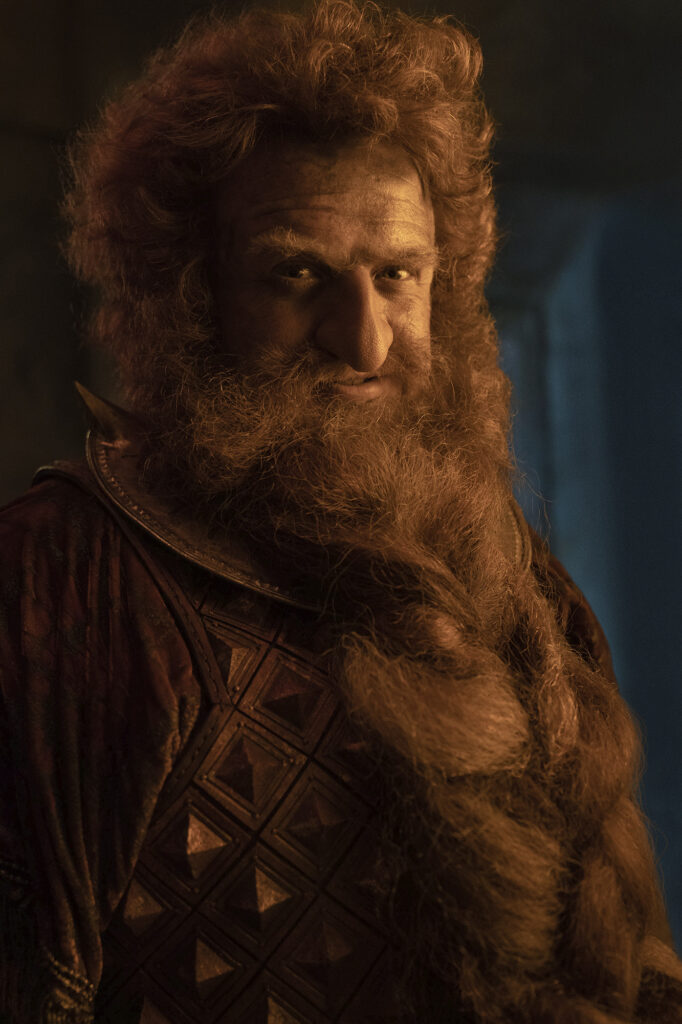
As depicted in LOTR and even The Hobbit, the dwarves of Middle-earth are basically post-apocalyptic survivors — which is why we’ve traditionally seen so little of them. While The Hobbit’s Thorin Oakenshield has to go around begging for help to reclaim his family’s treasure, and LOTR’s Gimli is the lone emissary of his race in that story, Rings of Power finds Middle-earth’s dwarves at the height of their power.
Years before the Balrog wreaks havoc in the mines of Moria, Rings of Power shows a great dwarven kingdom reigning in Khazad-dûm. Viewers will see this realm from the perspective of rulers like Prince Durin IV (Owain Arthur). As his royal title suggests, this Durin is the latest dwarven royal to share the same name as his race’s legendary progenitor, Durin the Deathless. According to Tolkien’s appendices, it was Durin III who was granted the first and mightiest of the seven rings given to the dwarves by Celebrimbor and Sauron. If the show’s title is any indication, perhaps we will see this great ring of power find its way to Durin IV over the course of the episodes.
Tempering Durin’s temper is his wife, Princess Disa (Sophia Nomvete), the first female dwarf to be seen on screen in any adaptation of Tolkien’s legendarium. In the appendix to Return of the King, Tolkien notes that “the number of dwarf-men that marry is actually less than one-third. For not all the women take husbands: Some desire none; some desire one they cannot get, and so will have no other.” Rings of Power is set to show us a new side to Tolkien’s dwarves, but one thing’s for sure: The love between Durin and Disa must be as real as it gets.
Halflings and Harfoots
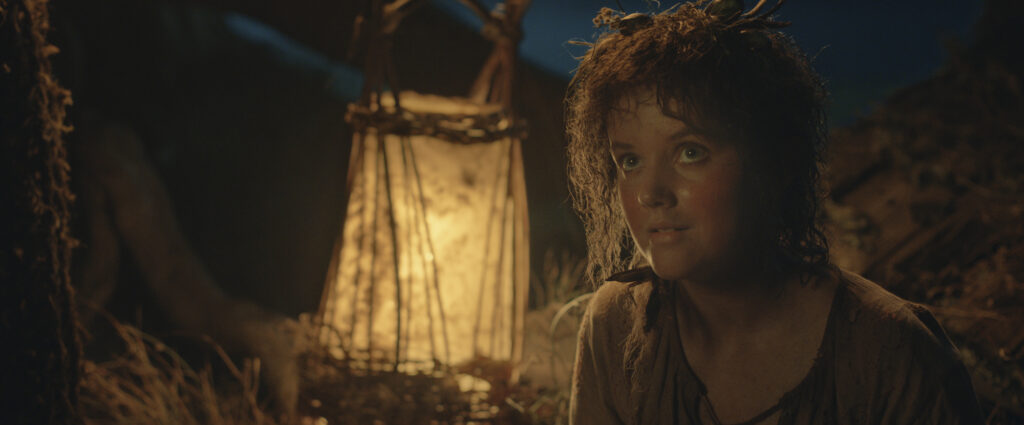
Perhaps some of the most surprising news about The Rings of Power is that it will feature hobbits — or at least hobbit-like figures. Most of Tolkien’s writing about the Second Age centers on humans, elves, and dwarves, but he also wrote briefly about the history of hobbits, everyone’s favorite Shire-dwelling, hairy-toed halflings. Long before Bilbo or Frodo’s ancestors settled in the Shire, there were three types of hobbit predecessors: the Harfoots, the Stoors, and the Fallohides. These nomadic halflings traveled across Middle-earth, and the different tribes preferred to live in different environments, with the Harfoots choosing hills, the Stoors dwelling near rivers, and the Fallohides venturing into the forests. Eventually, these groups would mingle and settle in the Shire.
Halflings didn’t play a role in the major events of the Second Age, but they were certainly around, and The Rings of Power will introduce a few original Harfoot characters played by Markella Kavenagh, Lenny Henry, Megan Richards, and more. Like their hobbit descendants, the Harfoots are kind, curly-haired creatures, and they prefer to go barefoot. As for how they fit into the Second Age? We’ll have to wait and see. After all, if there’s one constant in Tolkien’s work, it’s that sometimes the smallest actions — and smallest characters — can still shape history.
